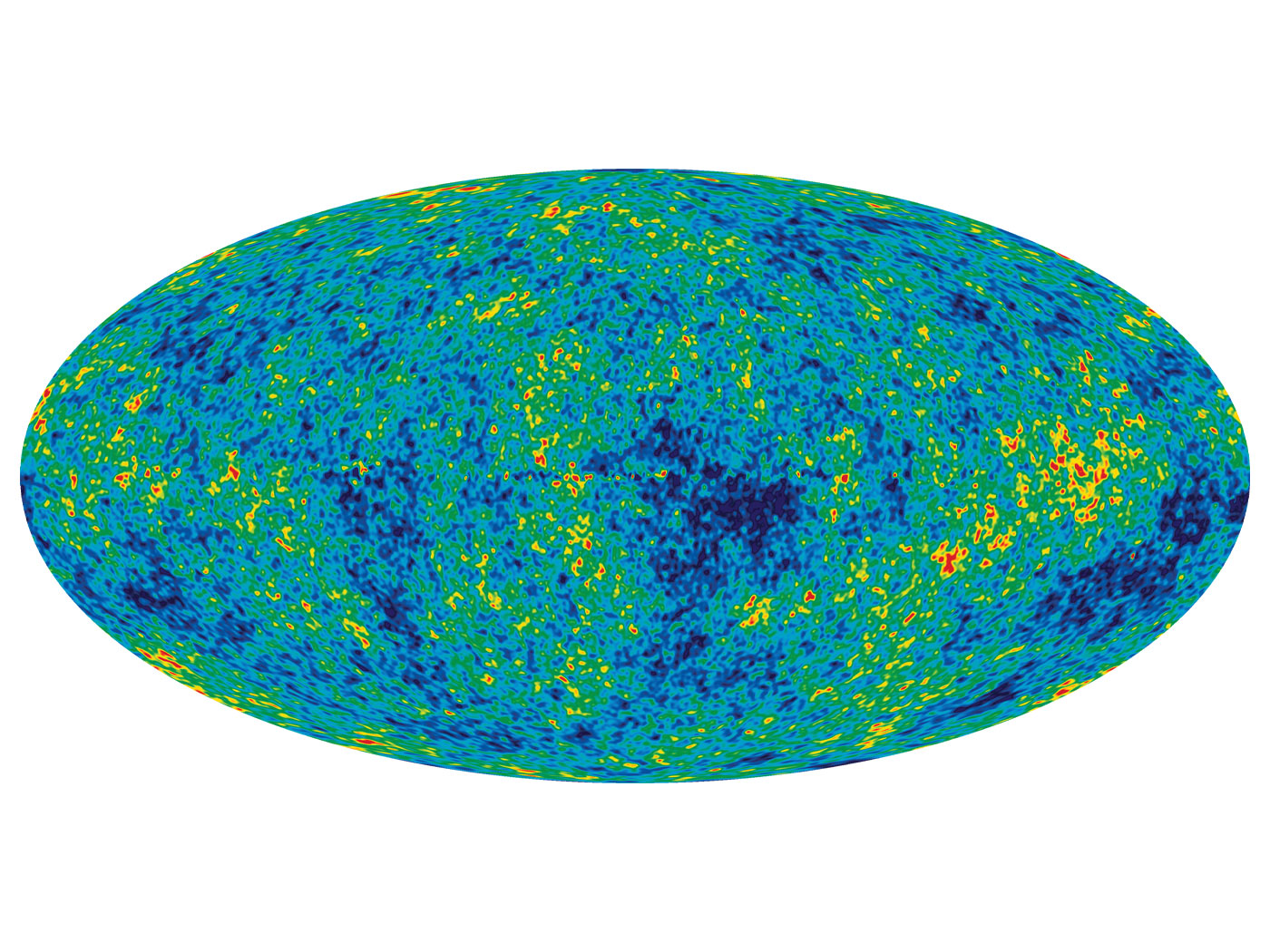How do planets form? This question has been asked by philosophical naturalists for decades, but the more they learn about planets near and far, the less their nature-only theories fit what is observed. The amazing number of planetary varieties indicates that the naturalists may not even be asking the right question in the first place.
Early naturalistic explanations for planet formation were based on the structure of the solar system, with its four inner rocky planets and the four large "gas giants" on orbital paths farther away from the sun. The "nebular hypothesis" featured in many textbooks, for example, was developed by Immanuel Kant and advanced in 1796 by Pierre-Simon Laplace. They imagined that a collapsing giant cloud of "spinning gas supposedly threw off rings that eventually condensed to become the planets."1
Essentially the same scenario is still being taught.2 On the surface, it appears to account for some of the basic features of solar system planets, such as rounded orbits and their occurrence on or near a central plane. However, since the 1700s, astronomers have gathered data that have made a nebular hypothesis untenable. Each planet has a very unique chemical composition, for example, which is not to be expected if all planets arose from the same original cloud.3
Replacement theories have come and gone, but none have been able to explain how the planets of the solar system could have been built through any known or imagined natural process. And now that extrasolar planets―found among star systems far outside the solar system—are being described, those few planet formation theories that had retained a faint glimmer of plausibility when applied to the solar system are proving to be totally useless in explaining extrasolar systems.
For example, a cluster of small planets discovered in 2010 closely orbiting the star HD 10180 did not conform to naturalistic planetary formation scenarios. The French astronomer Christophe Lovis, who formally described the cluster at a recent international colloquium on extrasolar planets, said, "Systems of low-mass planets like the one around HD 10180 appear to be quite common, but their formation history remains a puzzle."4
Also, more planets have been found that orbit backwards—that is, against the rotational direction of their stars. Inventing natural mechanisms that reversed the orbital direction after these planets were supposedly formed has produced planet formation models that defy credulity.5
Astronomer Geoff Marcy recently addressed a science conference bluntly, admitting that there are no satisfactory planet formation models. A Scientific American blog stated that Marcy "proceeded to demolish the prevailing theoretical models for how planets form. Observers in any field of science take a peculiar pleasure in seeing their theorist colleagues collapse into sobbing heaps, but it happens with unnerving regularity with exoplanets. Modelers have consistently failed to predict the diversity of planetary systems out there."6
The planetary systems that have been discovered "come in all shapes and sizes."6 Variations in systems range from the composition of planets (rock or gas giants), distance from their stars, motion, orbital shape, density, number, arrangement, and temperature, to name a few. If nature really built planetary systems through some cookie-cutter process, they all ought to share at least some features in common. Instead, it looks as though each newly discovered planetary system is totally unique. What one naturalistic model or theory can explain all of these variations?
However, if planets were created at one time long ago as part of an intentional act of God, and not through any natural process, then the question "how do planets form?" is misdirected. They don't form naturally. Instead, they were formed supernaturally. The myriad differences in the planets observed so far point to an infinitely creative Designer. These ancient words are more true now than ever: "The heavens declare the glory of God."7
References
- Pasachoff, J. M. 1998. Astronomy: From the Earth to the Universe. Fort Worth, TX: Saunders College Publishing, 124.
- For example, a 1993 college textbook stated, "About 5 billion years ago, and for reasons that are not yet fully understood, this huge cloud of minute rocky fragments and gases began to contract under its own gravitational influence." Tarbuck, E. J. and F. K. Lutgens. 1993. The Earth: An Introduction to Physical Geology, 4th ed. New York: Macmillan, 10, 12.
- Coppedge, D. 2008. Nebulous Hypothesis. Acts & Facts. 37 (2): 15.
- Malik, T. Alien Solar System Looks Strikingly Like Ours. Space.com. Posted on space.com August 24, 2010, accessed January 13, 2011.
- Thomas, B. Planet's Reverse Orbit a New Twist in Old Evolutionary Story. ICR News. Posted on icr.org September 18, 2009, accessed January 13, 2011.
- Musser, G. Why don't exoplanets match astronomers' expectations? A dispatch from the American Astronomical Society meeting. Scientific American blog. Posted on scientificamerican.com January 13, 2011, accessed January 13, 2011.
- Psalm 19:1.
* Mr. Thomas is Science Writer at the Institute for Creation Research.
Article posted on January 24, 2011.












